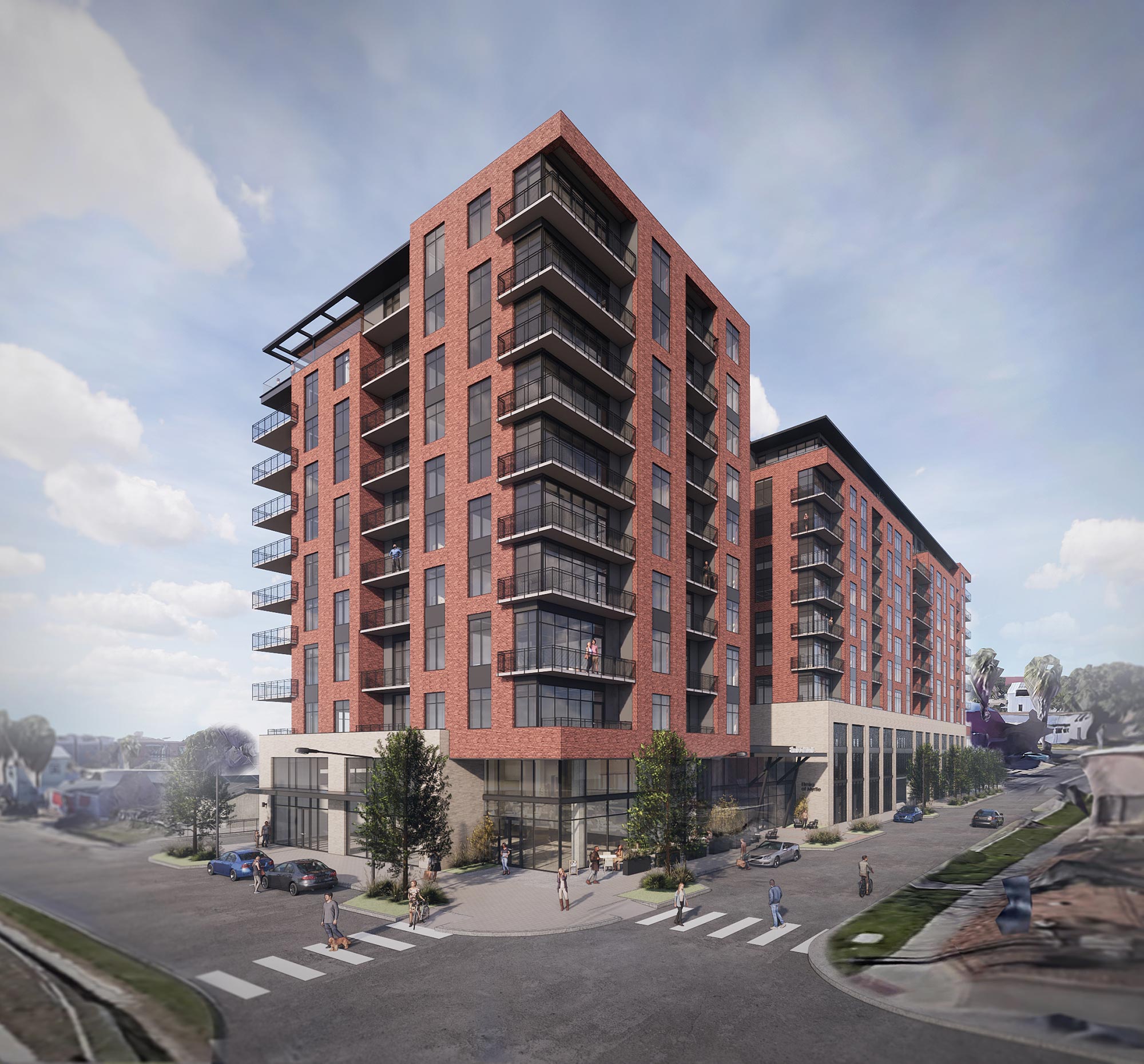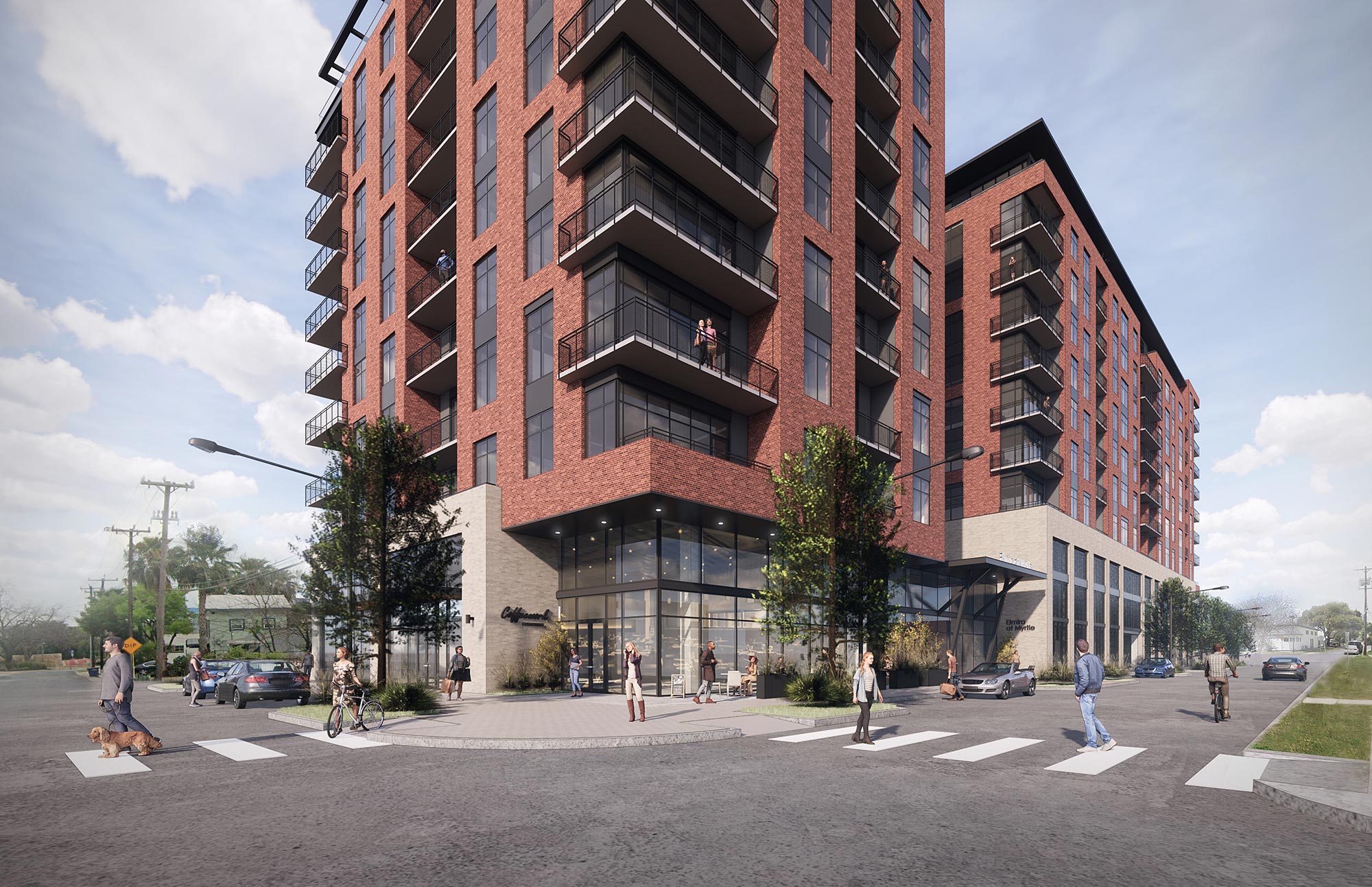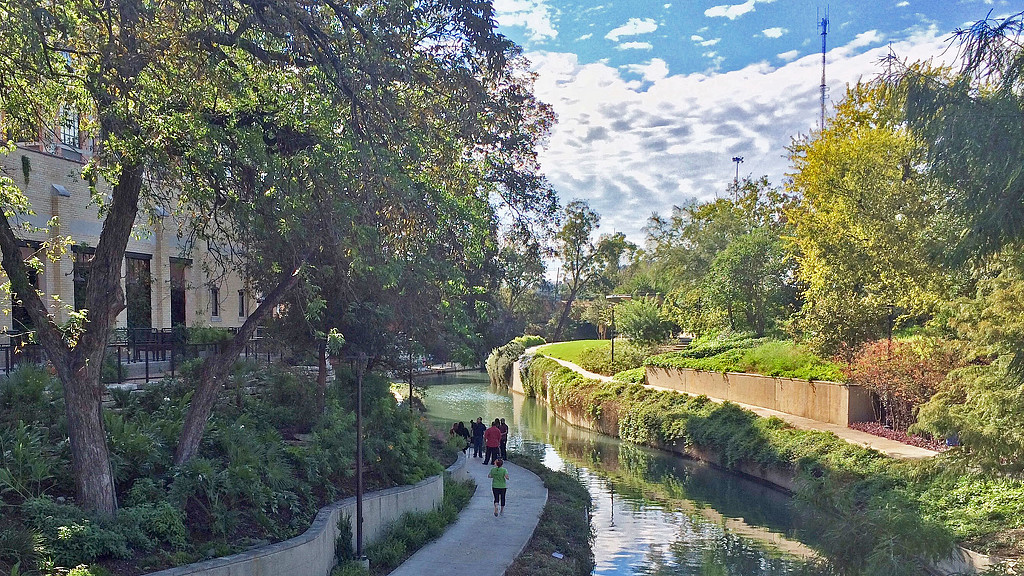Reimagining San Antonio as a 20-Minute City
October 27, 2020 | By Cameron Kraus
The future of the city is in flux; many of us have and continue to work from home as a result of the pandemic altering our perceptions and expectations of what it means to live in an urban environment. According to insights from the Gensler Research Institute’s City Pulse Survey, which aims to capture people’s changing attitudes during this time, many people, particularly those with young families, may be growing tired of big city life. This is in large part due to ongoing affordability issues, but also increasing concerns about health and wellness.
The survey also found that nearly half of our respondents still want to live in an urban environment. Many said they want to leave high-density, high-cost cities for more affordable, smaller ones, such as San Antonio, which still offer a broad range of amenities with a lower cost of living.
Reintroducing the 20-minute cityAs we examine our cities with fresh eyes, we have a unique opportunity to rethink how we define and connect with our neighborhoods. Cities such as Barcelona, London, and Paris are looking to implement a “20-minute city,” an early 20th century model of urban design in which residents’ needs — from housing to school and work and leisure activities — can all be found within a 20-minute walk or short bike ride from their homes. This idea can be extended to cities across the globe, including here in San Antonio.
Much of the success of San Antonio’s placemaking and identity is inextricably linked to its response to a disaster. In 1921, not long after the Spanish flu pandemic subsided, the downtown was destroyed by flooding. The extensive damage spurred city leaders to embark on a massive investment in infrastructure, with some calling to pave over the San Antonio River. Fortunately, it was the plan for the now-famous River Walk that prevailed — an enduring affirmation of human vitality at the center of downtown.
Perhaps the lessons of the River Walk, looking at infrastructure with a human and timeless sensibility, has relevance in how we can stitch the city together with greenspace.
Over the past few decades, San Antonio has been revitalizing its downtown, investing in greenspace and infrastructure, as well as establishing satellite districts and new city centers — all contributing to a sense of place and community, as well as shorter commutes.
The 20-minute city not only redefines the time and distance between our community hubs, but also builds back the space and activity in-between. This is the main advantage of the model because it provides for a whole network of accessible businesses, entertainment, recreation, and services. In turn, the broader city is richer for the dynamism between these different nodes.
Beyond the touristic heart of the River Walk, the push toward a greener San Antonio is already underway. With nodes such as the Bluestar Arts Complex to the south and the Pearl Brewery mixed-use development to the north, the meandering gait of the river paces out a walkable, enjoyable urbanism.

One project of ours currently in development is a mixed-use residential building, whose location encapsulates many of the ideals of a 20-minute city node. The appeal of the site is in its adjacency to various city districts and amenities, from downtown’s business and entertainment offerings, to the shops and restaurants of the Pearl Brewery, as well as the surrounding neighborhoods and parks — all connected by a walkable, shaded, trail along the river.

Could this model be extended? The city already has a broad network of greenspaces that could be expanded into historically underserved neighborhoods, bringing vital resources into view. Targeted development along these green corridors could promote access and opportunity for existing communities while activating and promoting growth along pedestrian-friendly infrastructure.
Post-pandemic, cities will continue to be economic and cultural centers, albeit with some changes. Successful design can bring people together and create opportunities for meaningful interactions. A truly viable 20-minute city offers a network of shared spaces that can help foster connected, thriving communities for the benefit of all.
For media inquiries, email .

